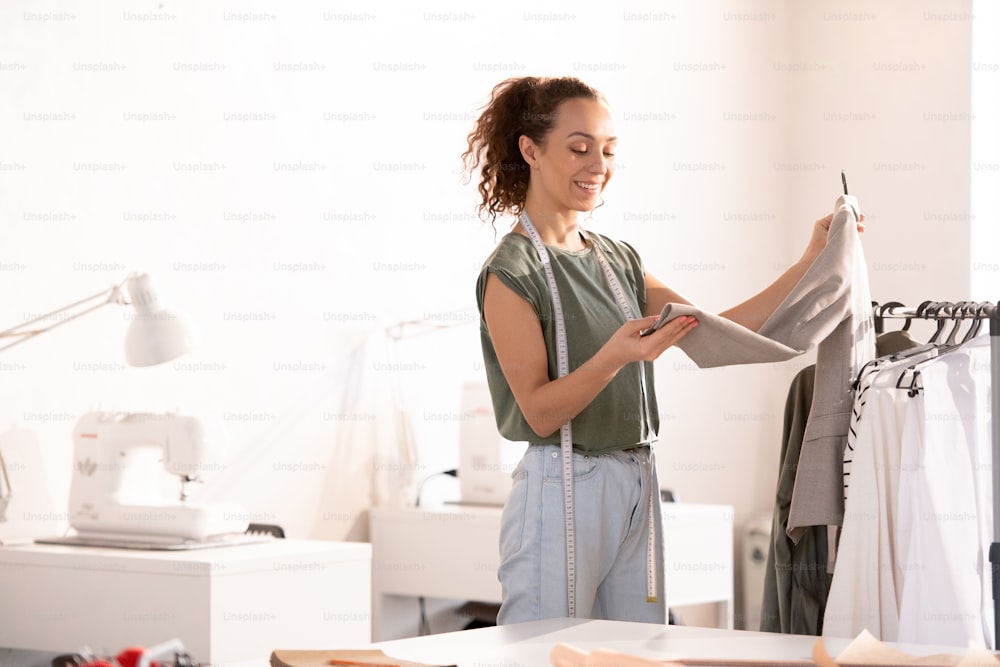Creating your own fashion designs can be a rewarding and fulfilling pursuit, allowing you to express your creativity and personal style. Whether you’re interested in sewing garments from scratch, upcycling thrifted clothing, or designing accessories, here are some steps to help you get started on your journey into the world of fashion design.
1. Define Your Style and Inspiration
Before diving into the creative process, take some time to define your personal style and gather inspiration for your designs. Explore fashion magazines, websites, social media platforms, and runway shows to discover trends, silhouettes, colors, and textures that resonate with you. Create mood boards, Pinterest boards, or sketchbooks to capture your ideas and inspirations, helping you to develop a cohesive design aesthetic.
2. Learn the Basics of Fashion Design
Familiarize yourself with the fundamentals of fashion design, including garment construction, patternmaking, draping, and sewing techniques. Enroll in fashion design courses, workshops, or classes offered by local community centres, fashion schools, or online platforms. Alternatively, explore tutorials, books, and resources that are available online or at your local library to learn the basics at your own pace.

3. Acquire the Necessary Tools and Supplies
Invest in high-quality tools, equipment, and supplies to support your fashion design endeavors. Depending on your chosen medium and technique, you may need sewing machines, dress forms, patternmaking tools, fabric scissors, pins, needles, thread, and other sewing equipment. Consider starting with basic sewing supplies from online stores like reallymaria.com and gradually expanding your collection as you gain experience and tackle more complex projects.
4. Start with Simple Projects
Begin your fashion design journey with simple projects that align with your skill level and interests. Choose beginner-friendly patterns or design your own basic garments, such as skirts, tops, or accessories, to practice your sewing and construction techniques. Focus on mastering the basics of garment construction, fitting, and finishing before progressing to more advanced projects.
5. Experiment with Fabrics and Materials
Explore a variety of fabrics and materials to discover their properties, drape, and suitability for different types of garments. Visit fabric stores, textile markets, or online fabric retailers to source a diverse selection of fabrics, ranging from natural fibers like cotton, linen, and silk to synthetic materials such as polyester and spandex. Experiment with different textures, prints, and colors to add visual interest and depth to your designs.
6. Refine Your Skills through Practice
Practice is essential for honing your fashion design skills and developing proficiency in garment construction and sewing techniques. Dedicate time to regular practice sessions, working on projects that challenge and stretch your abilities. Experiment with different sewing methods, finishes, and details to expand your repertoire and build confidence in your craftsmanship.

7. Seek Feedback and Guidance
Seek valuable insights and constructive critique by reaching out to seasoned fashion designers, mentors, or peers. Engage with local sewing or fashion design collectives, participate in workshops or sewing circles, or become part of online forums and communities to connect with fellow designers and enthusiasts. Embrace collaborative ventures, seize learning opportunities, and foster growth as you refine your craft.
8. Stay Inspired and Motivated
Sustain your inspiration and drive by delving into the realms of fashion, art, culture, and creativity. Engage with fashion events, exhibitions, and showcases to remain abreast of the newest trends, advancements, and burgeoning designers. Surround yourself with a network of encouraging and kindred spirits who share your fervor for fashion and motivate you to pursue your creative ambitions.
Conclusion
Embarking on the journey of making your own fashion is an exciting and empowering experience that allows you to express your unique style and creativity. By defining your style, learning the basics of fashion design, acquiring the necessary tools and supplies, starting with simple projects, experimenting with fabrics and materials, refining your skills through practice, seeking feedback and guidance, and staying inspired and motivated, you can begin your journey into the world of fashion design with confidence and enthusiasm.
